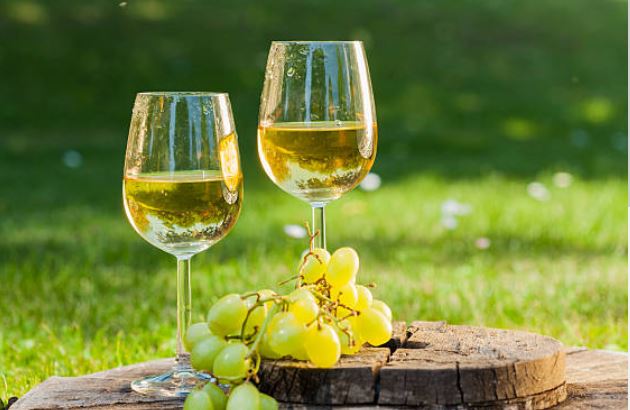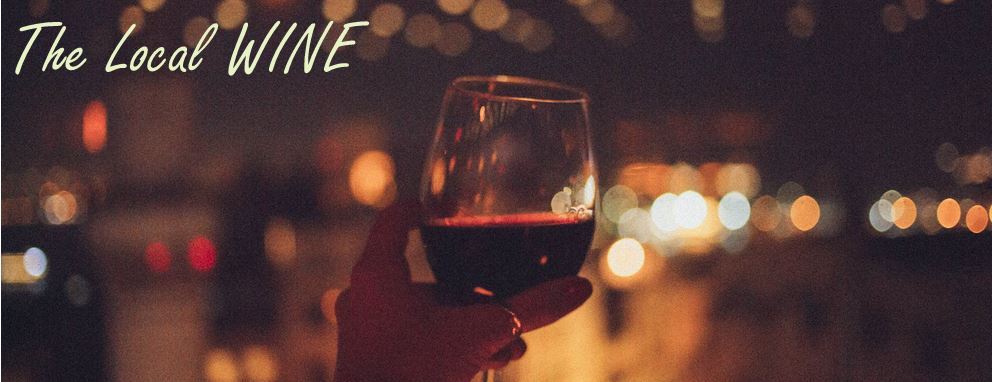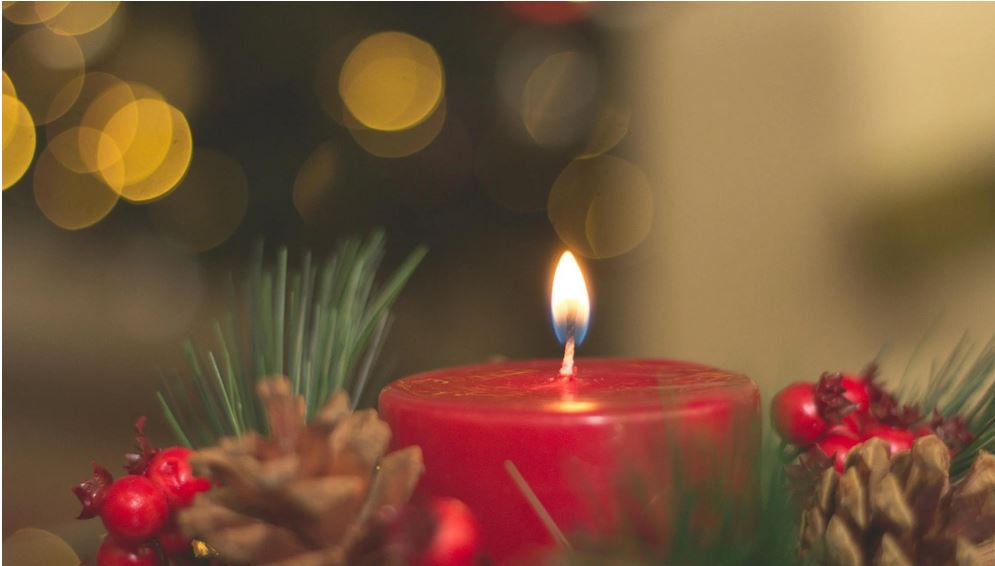February 5th, 2024Wine notes
with Clive Hartley

A case of love or loathe
Sauvignon blanc can separate a room of drinkers. It is a grape that you either love or loathe. It is disliked, partially, because of the deluge (or savalanche) of wines from New Zealand where it makes up 63 per cent of total plantings and 85 per cent of all exports.
I’m a fan of the grape. It has its place as a vibrant aromatic refreshing drink, especially in summer. But there are also other expressions of the grape to explore such as barrel-fermented styles. In cool climates, like New Zealand, sauvignon blanc commonly displays herbaceous green capsicum, gooseberry, or even (at its worst) asparagus aromas.
A young tank-fermented sauvignon blanc should leap out of the glass with flavour. Light, dry and crisp on the palate. Alternatively, we have the ‘fume blanc’ style that sees maturity in oak and these styles are more intriguing and subtle with toned down aromatics. Another way of diluting these strong flavours is to blend the grape with semillon.
Whilst the French regions of Sancerre and Pouilly Fumé, both located in the Loire Valley, were for many years the leading international homes of sauvignon blanc, Marlborough in New Zealand took the world by storm in the late 1970s.
Australian sauvignon blanc is not usually as pungent as New Zealand examples. Aromas associated with local wines include herbaceous, grassy, gooseberry or tropical fruit. Adelaide Hills began as a specialist area but other regions have caught up to them. In our locality, look at wines from the Pyrenees.
Recommended examples come from 2023 Mount Avoca which was nicely aromatically driven with fresh grassy and gooseberry aromas. Or as an alternative the 2022 Mitchell Harris Sauvignon Blanc
Fumé which is driven by struck-match aromas and minerally acidity. In the Macedon Ranges, Hanging Rock consistently produce an attractive, partially barrel fermented wine with their Jim Jim label.
One last word of caution, beware of bottle age with styles that were made to drink early. If you leave these wines in the cellar they can develop an unappealing ‘tinned (canned) pea’ bouquet which is one good reason to drink them within the first few years.
Clive Hartley is an award-winning wine writer, educator and consultant. His Australian Wine Guide (7th ed) is available for purchase from Paradise Books in Daylesford or via his website – www.australianwineguide.com.au










